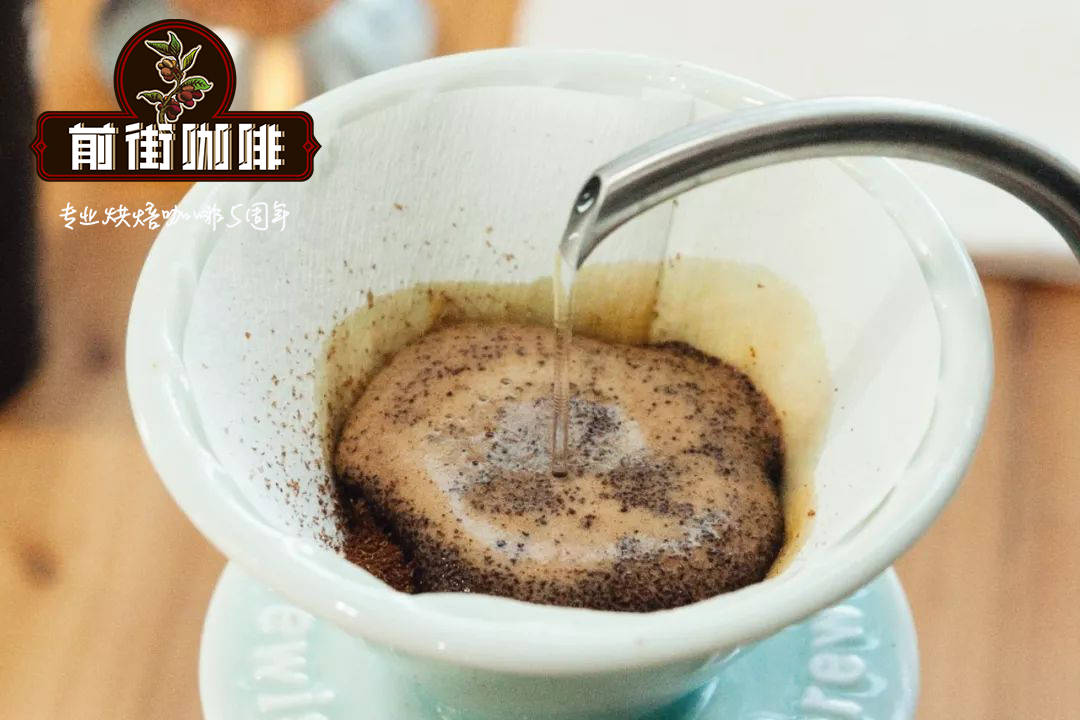Summary of Honey-treated Coffee Bean Variety Nalinglong Province in Kuweita Manor, Colombia

Professional coffee knowledge exchange more coffee bean information please follow the coffee workshop (Wechat official account cafe_style)
Product name: Colombian Nalinglong Coveta Manor Honey treatment
(Colombia Narino La Cuvita Farm Honey)
Flavor description: grape, dried tobacco, solid and mellow, smoked, caramel sweet
The final rhyme is meticulous and distant.
Country of origin: Colombia (Colombia)
Producing area: Nalinglong province (Narino)
Producer: Covetta Manor (Hacienda La Cuvita)
Varieties: Bourbon, Colombia, Kaddura (Caturra)
Altitude: average 1900 m
Owner: Edmundo Ceron & Libardo Marinez
Treatment: honey treatment
Harvest time: 80% from May to July
October to January 20%
Certification: NCMA
Introduction:
Narino is located in the western province of Colombia, the capital of San Juan de Pasto
Visit Ecuador (Ecuador) and face the Pacific. Coffee cultivation is very important to Nalinglong province.
Economic pillar, traditionally, the planting area of coffee farmers in Na Linglong province is less than one hectare. Within the province
Most coffee growing areas are alpine terrain, remote mountains and mountains belonging to the Andes.
Steep, blown by the Pacific sea breeze, the provincial capital San Juan de Pasto. At the same time, Narino province
It is also one of the important coffee producing areas in Colombia. Planting is close to the border of Ecuador, about meters above sea level
The raw beans on the cloud belt have excellent environment, fertile soil, careful harvest and treatment procedures and high quality.
This production area has many small farmers micro-batch production of high-quality coffee beans are very characteristic of the flavor of the production area.
In recent years, with the international market paying more attention to the quality of coffee and the demand for fine coffee, it has been changed to micro-producing areas.
Micro-batches provided by small farmers in the production organization coffee mainly (Micro-regional selections)
Dozens of small farmers provide their unit harvest to be consolidated into a micro batch for sale.
Quality control will be better, so there is a better chance of picking out many qualities through batch-by-batch cup testing.
Excellent small farmer coffee in specific micro-producing areas. Its coffee flavor is more lively, with fresh aroma.
Ripe fruit and caramel aromas, the combination of acidity and sweetness is well balanced.
This batch of coffee beans is produced by Narino and Narino.
Produced by the local small farmer Hacienda La Cuvita, whose estate is very small
Only five hectares are managed by Edmundo Ceron & Libardo Marinez.
Generally speaking, Colombian coffee beans are washed, followed by a small amount of sun treatment.
Honey treatment is rare. Today, it is rare for coffee beans to be imported to Taiwan, which is worth tasting.
Take a look at the honey-treated flavor of the linglong producing area of Columbia.
The western part of Colombia is the Andes, which is divided into three parts: the west, the central and the
The eastern mountains. The Cauca and Magdalena rivers flow along the Caribbean to the lowland plains.
Colombia, currently the world's third largest coffee producer, uses washing to treat Arabica coffee beans.
It is also one of the largest producers of high-quality coffee in the world.
A nostalgic taste in 1808, coffee was first introduced to Colombia by a priest
Brought by the French Antilles via Venezuela. Today, the country is the third largest coffee producer after Brazil and Vietnam
The annual output is 12 million bags of 60 kg each, while Brazil's annual output is 31 million bags. The coffee is
The status of Colombia can be seen in the following examples: all vehicles entering the country must
Spray disinfection, so as not to inadvertently bring disease and damage to coffee trees.
The main producing areas are Huila (San Augustin), Narino, Tolima, Popayan (Cauca),
Valle de Cauca, Meta, Antioquia (Medellin), Magdelena (Sierra Nevada),
Boyaca, Santander (Bucaramanga), etc. About 700 million coffee trees are documented in Colombia.
66% of them are planted in modern plantations, and the rest are planted in traditionally operated plantations.
On a small farm. The main varieties include Kaddura Caturra, Columbia Colombia,
Tibica Tipica, bourbon Bourbon, Elephant Bean Maragogype, and Tabi
Farms and cooperatives across the country, big or small, run by more than 500000 farmers, are distributed in 590 towns across the country.
And 14 major coffee producing areas, a total of 2 million of Colombians depend on coffee cultivation for a living
Contributed 12.5% to the gross domestic product. Advanced Colombian coffee beans grow at m above sea level
The Andes, banana trees and rubber trees are planted between them to shade coffee trees. Colombia
Coffee farmers can sell all their products to the Coffee Management Association at an official low price.
It can also be sold to exporters, who may offer a higher price. Actually, the Coffee Management Association
Controls overall exports to Europe, while coffee to the United States is mainly exported through private exporters
However, all exports are subject to the lowest export price.
Important Notice :
前街咖啡 FrontStreet Coffee has moved to new addredd:
FrontStreet Coffee Address: 315,Donghua East Road,GuangZhou
Tel:020 38364473
- Prev

San Antonio, Brazil Diamond Plateau, Brazil hand-made coffee beans recommended
For more information about coffee beans, please follow the Coffee Workshop (Wechat official account cafe_style) Classical Hybrid Santo Antonio Estate is a collection of medium and large estates south of Minas in the town of San Antonio, produced using advanced planting and processing technologies. Group employment
- Next

Panamanian Coffee Manor Cotova Family Poquet Don K Manor Panamanian hand Coffee beans
Professional coffee knowledge exchange more coffee bean information please follow the coffee workshop (Wechat official account cafe_style) product name: Panama Poquet Don K Manor Panama Boquete Don-K Reserva Yellow Honey flavor description: flower, lime, fruit notes, brown sugar, apple, Chinese fir, caramel, sweet lasting finish, delicate texture. Kotowa
Related
- Detailed explanation of Jadeite planting Land in Panamanian Jadeite Manor introduction to the grading system of Jadeite competitive bidding, Red bid, Green bid and Rose Summer
- Story of Coffee planting in Brenka region of Costa Rica Stonehenge Manor anaerobic heavy honey treatment of flavor mouth
- What's on the barrel of Blue Mountain Coffee beans?
- Can American coffee also pull flowers? How to use hot American style to pull out a good-looking pattern?
- Can you make a cold extract with coffee beans? What is the right proportion for cold-extracted coffee formula?
- Indonesian PWN Gold Mandrine Coffee Origin Features Flavor How to Chong? Mandolin coffee is American.
- A brief introduction to the flavor characteristics of Brazilian yellow bourbon coffee beans
- What is the effect of different water quality on the flavor of cold-extracted coffee? What kind of water is best for brewing coffee?
- Why do you think of Rose Summer whenever you mention Panamanian coffee?
- Introduction to the characteristics of authentic blue mountain coffee bean producing areas? What is the CIB Coffee Authority in Jamaica?

